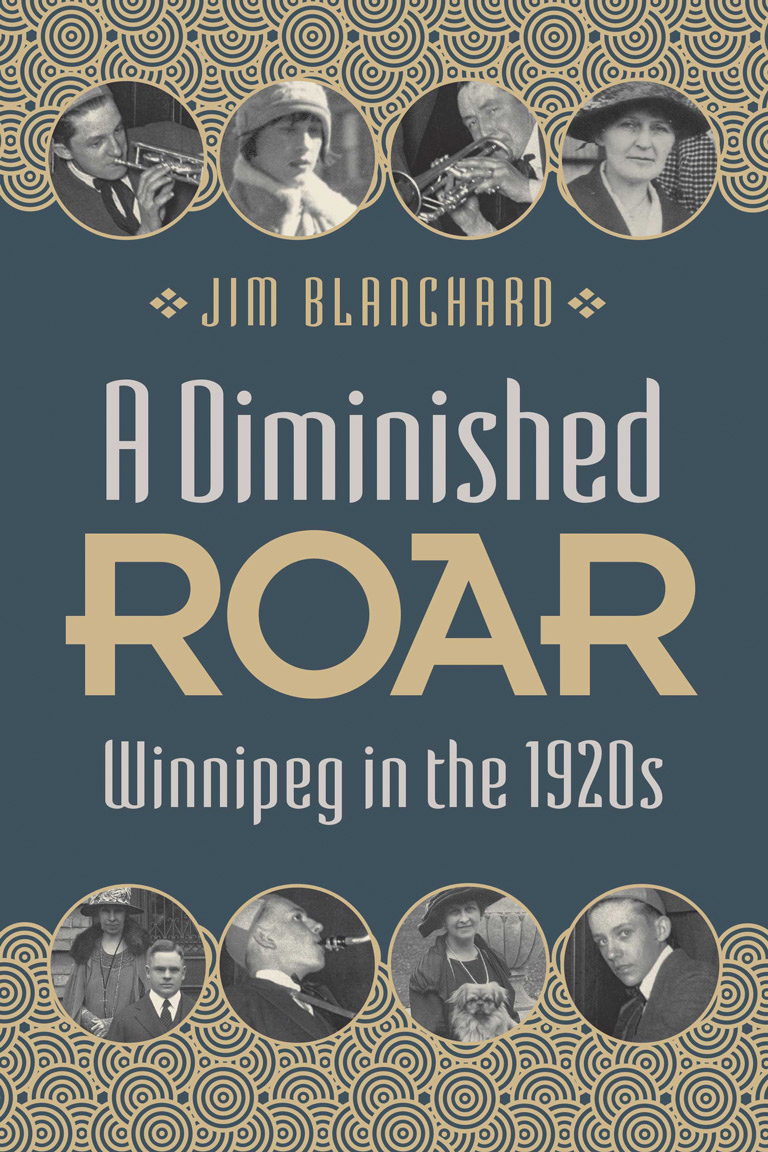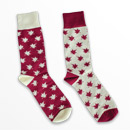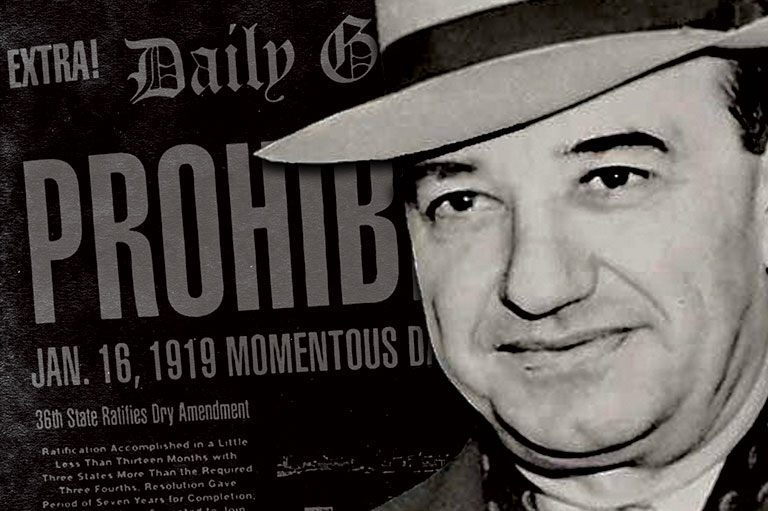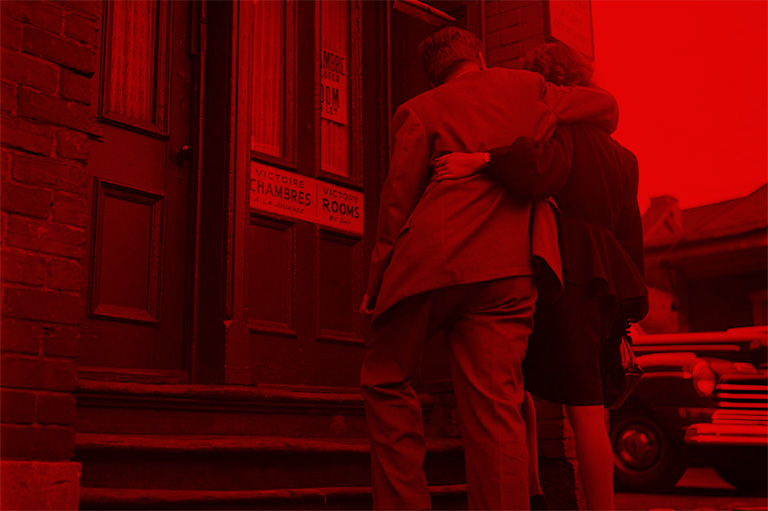A Diminished Roar

A Diminished Roar: Winnipeg in the 1920s
by Jim Blanchard
University of Manitoba Press
304 pages, $27.95
Before Neil Young or the Guess Who, before the Jets and the city-wide “whiteouts” in the National Hockey League playoffs, Winnipeg in the 1920s was internationally known for … the Pines to Palm tour? For a short time, yes.
Winnipeg enjoyed phenomenal growth in the early 1900s and famously became known as the “Chicago of the North.” The young city was an economic powerhouse, a place where people came to make money
By the 1920s, however, civic and business leaders were struggling to maintain the city’s prosperity in the aftermath of the Great War, the influenza pandemic, and the Winnipeg General Strike. Winnipeg was plagued by political deadlock, unemployment and underemployment, a shortage of affordable housing, and lingering postwar xenophobia, among other chronic problems.
This city is the “Gateway to the West” through which readers are invited to step in A Diminished Roar: Winnipeg in the 1920s, the third volume in Jim Blanchard’s trilogy on the early history of Winnipeg, after Winnipeg 1912 and Winnipeg’s Great War.
Blanchard, a retired academic librarian and librarian emeritus at the University of Manitoba, depicts the decade from the grand opening of the new Golden Boy-topped Manitoba legislative building in 1920 to the completion in 1930 of Memorial Boulevard just to the north, a period during which Winnipeg was Canada’s third-largest city.
In the early 1920s, Winnipeg was caught in a mini-depression: “The first half of the decade was a time of recession,” writes Blanchard. “Canada and cities like Winnipeg suffered from the after-effects of the Great War.” They were anxious times, but there’s optimism to be found within these pages, all the same.
One of the most ambitious of the city’s boosters was Colonel Ralph Webb, mayor of Winnipeg from 1925 to 1927 and from 1930 to 1934. Webb was a First World War veteran who had lost a leg in a shell blast on the Western Front. He tied off his artery with a shoelace and reportedly tossed the severed limb to the soldiers under his command, saying, “Boys, I won’t be needing this again.”
Thanks to Mayor Webb’s efforts, Winnipeg briefly became more closely associated with another American city, one farther south than Chicago. In 1926 Webb organized the Pines to Palm automobile tour from Winnipeg to New Orleans. It was meant to attract American tourists — both people living along the highways and others reading newspapers — who might like to sample Winnipeg’s “snowballs and highballs” during prohibition in the United States. The publicity stunt was such a success that, when he arrived in New Orleans, Webb was offered the job of tourism chief by that city’s mayor.
A Diminished Roar reveals other colourful events — from the dazzling, one-off Winnipeg Winter Carnival that attracted sixty-five thousand people in 1922 to journalist Betty Vincent’s Winnipeg Tribune advice column “Problems of the Heart,” which provided guidance to young love-struck readers.
Blanchard has a talent for putting his readers’ boots on the snowy ground and letting them see life as it was in the Jazz Age. While his narrative is crowded with members of Winnipeg’s elite — banker and investor Augustus Nanton, grocery wholesaler George Galt, and business leader and airline pioneer James Richardson, among others — the author excels when he tells the stories of regular citizens while framing them in the context of the era’s events and trends.
A Diminished Roar is richly illustrated with historical photographs, including several by Lewis Benjamin (L.B.) Foote, the leading local photographer of his day. But the most stunning photographs in the book are those taken by amateur street photographer Peter McAdam, a barber in downtown Winnipeg who would step outside of his shop between haircuts to capture ordinary people as they came and went in the 1920s and 1930s.

Our online store carries a variety of popular gifts for the history lover or Canadiana enthusiast in your life, including silk ties, dress socks, warm mitts and more!
Themes associated with this article
Advertisement









